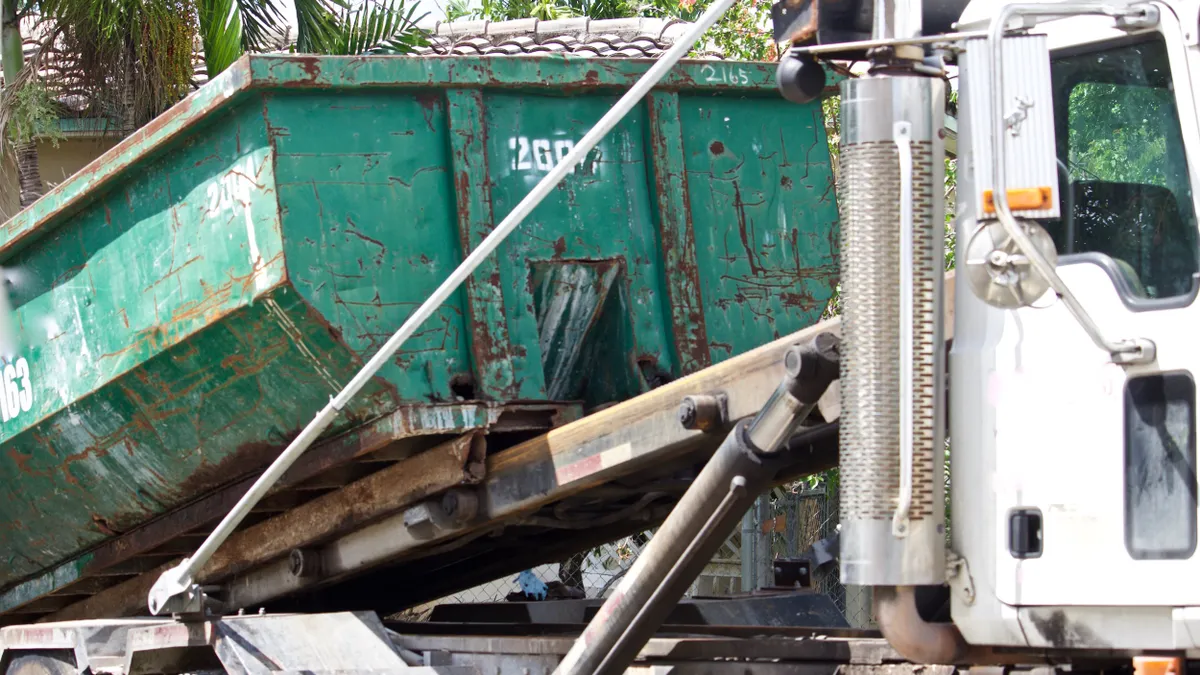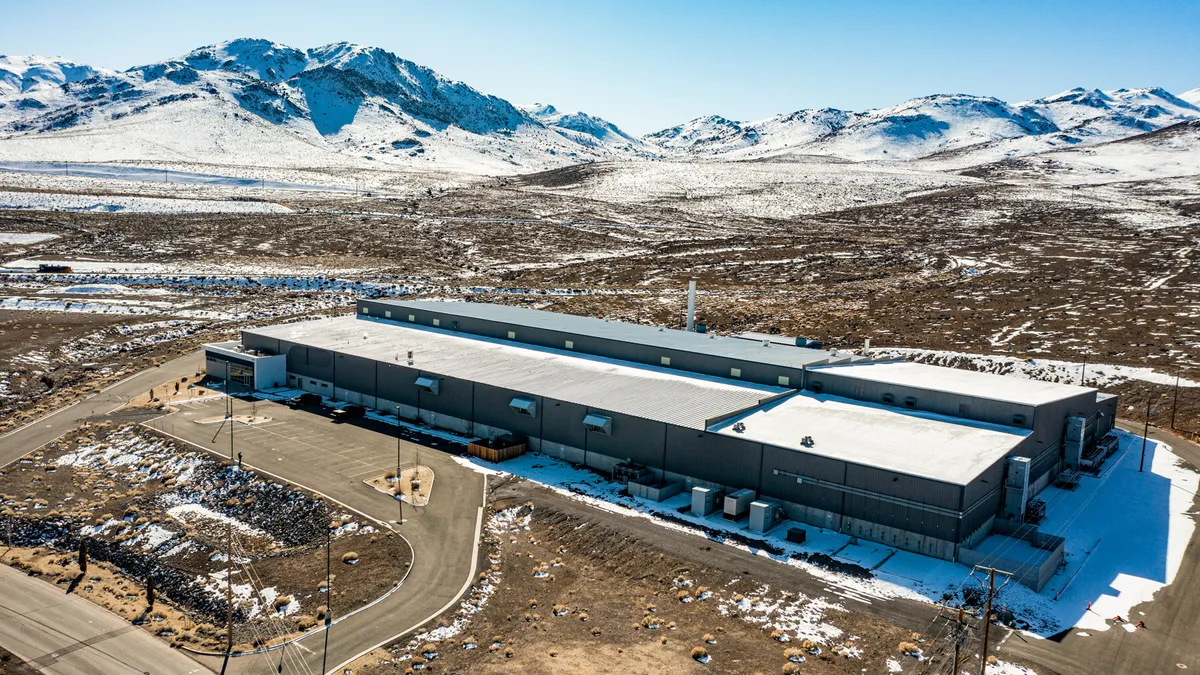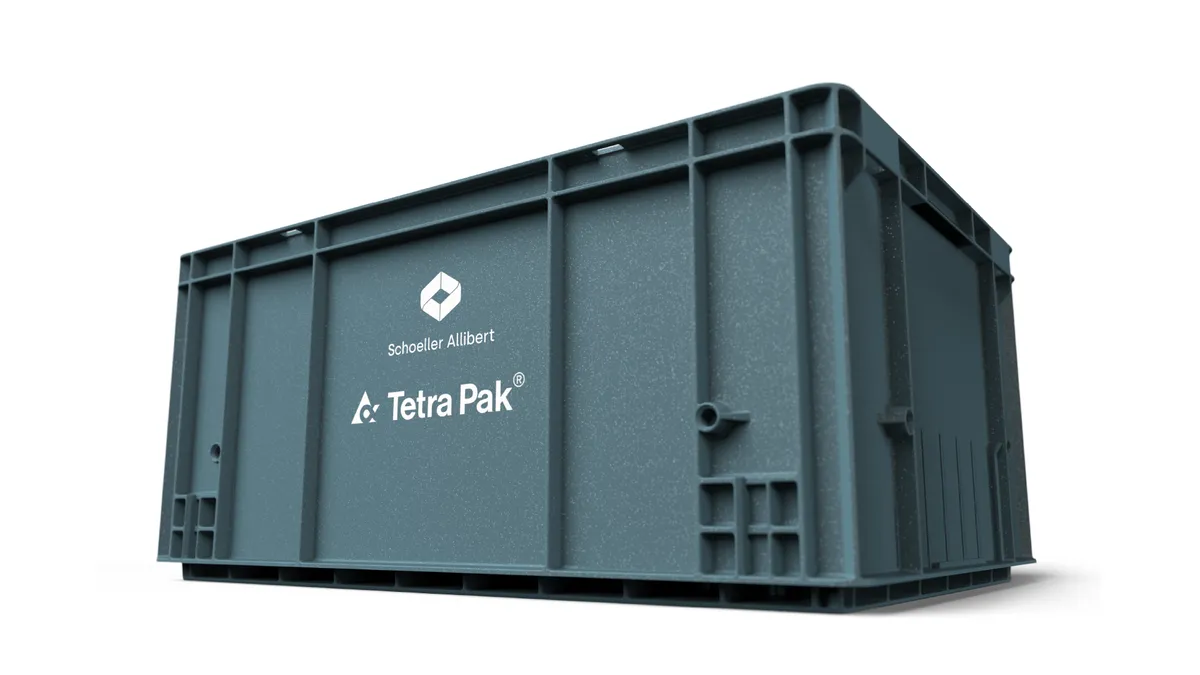The scrap recycling industry is a complex beast that runs deeper than the end-of-life vehicle shredding and used beverage can (UBC) baling visible at scrapyards. The less visible side involves poring over economic data and commodity prices while considering alternative business plans during market fluctuations and evolutions. The latter took center stage at ISRI’s 2018 Commodity Roundtable Forum in Chicago last week.
Economists and analysts spoke about various factors affecting scrap metal markets, with China’s scrap import crackdown and the U.S.-imposed tariffs and ensuing trade war standing out most. According to them, scrap businesses need to stay on top of, and adapt to, these and other rapidly changing conditions to survive in the long run.
The big picture shows strength in the U.S economy’s health. However, elements including interest rates, tariffs and Russian aluminum sanctions have created uncertainty in many markets, and in the long run “uncertainty is not good for business, it’s not good for the economy … Right now I think a lot of people view there as being too much uncertainty,” said Tim Weithers with Advanced Analytical Consulting Group.
The United States, the Eurozone and China currently have the largest economies, said Jason Schenker, president of Prestige Economics, but “China has been slowing and approaching the break-even level. China’s growth is at risk.”
Beyond just its economic growth, China’s import restrictions have had a notable effect on the flow of scrap and market volatility. Now that concept is spilling over to other Southeast Asian countries. “China’s made it pretty clear they don’t want impurities in the scrap they bring in,” and other countries are following suit, said Sean Davidson, global editor of Argus Metal Prices. “They will probably take the approach China did [and] aim for 99% purity.”
As Southeast Asian markets clamp down on scrap imports, exporters continue their search for emerging markets. Industry experts point to India and various countries in South America and Africa as having potential. “India could take 10% of what China was buying. They’re probably [already] doing that today. They definitely have the capacity,” Davidson said.
Aluminum — largely grouped as UBC and non-UBC for pricing purposes — has been particularly affected by ongoing geopolitical events, namely tariffs and sanctions. Besides the direct effect from tariffs and the Russian sanctions, a variety of factors have also created aluminum market uncertainty, which again, usually tends to be negative in the long term. “We don’t know what’s going to happen tomorrow. We are in unprecedented times,” Davidson said.
Despite some industry support for the U.S. tariffs to bolster the domestic aluminum market, “we don’t want tariffs. We don’t think it’s appropriate,” said John Weritz, vice president of standards and technology at The Aluminum Association. “We try to keep our message to what we think is the issue, and we think it’s the overcapacity in China.”
Aluminum has gained greater scrap industry attention not only because of its prominence in the tariff debate, but also because of a lesser-acknowledged change within the industry: “Our aluminum industry historically has been primary-driven,” Weritz said. “That has shifted. In the U.S., we’re [now] a scrap-based industry.”
As such, groups like The Aluminum Association and ISRI seek solutions to questions such as, “How do we find new applications for that scrap? How do we maintain the value of that scrap?” said Weritz. Answers to those questions gain extra significance and urgency during times of market difficulty and uncertainty.
The uncertainty has, to a large degree, prompted those in the industry to hold off on improvements and investments and instead take a “wait-and-see” attitude. Though economists predict that will begin to change in the coming months as scrap recyclers come to terms with the realization that some of the conditions — such as regulatory measures in China and other Southeast Asian countries — aren't going away.
Scrap processors and end-product manufacturers alike are expected to discover new areas for recovered material consumption. Auto manufacturing holds particularly high promise for scrap aluminum considering that vehicles contain increasingly more of the metal. That trajectory likely will continue as manufacturers focus more on lightweighting, especially with electric vehicles growing in popularity.
“I think you’re going to see people get more technically capable of making those large investments to make different kinds of products with scrap,” Davidson said.
In addition to seeking new markets, speakers noted change is coming to scrapyards’ and various recycling companies’ operations themselves. Experts suggested tariffs and other geopolitical events, combined with a tight labor market, are forcing rapid change, and scrap businesses must keep up with modern conditions to weather the storm.
“The labor market is changing very, very rapidly … China is spending essentially infinitely more money to roboticize their manufacturing,” Schenker said. “I would argue as we look to change, every business in this room needs to look at how to automate their scrapyard.”






















